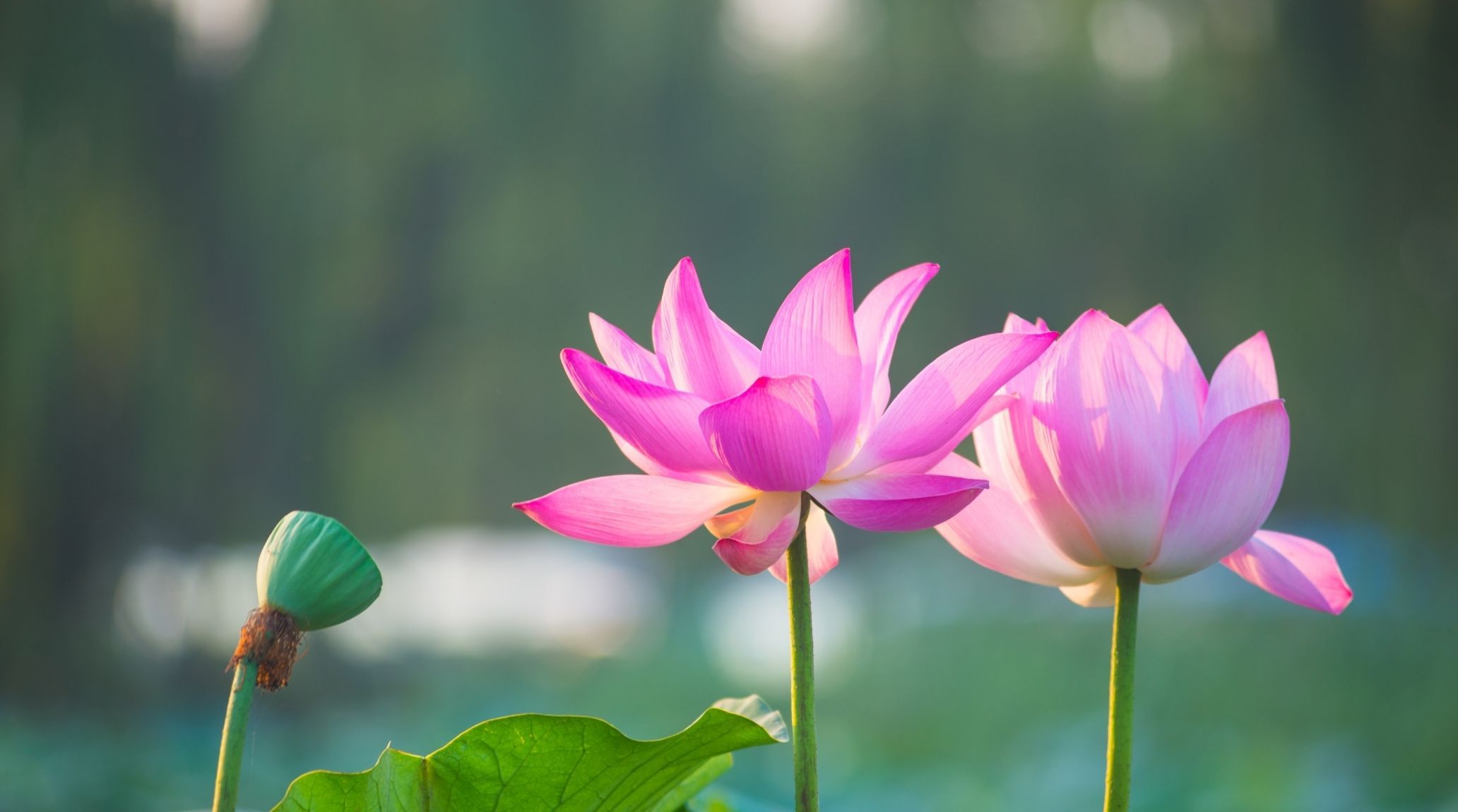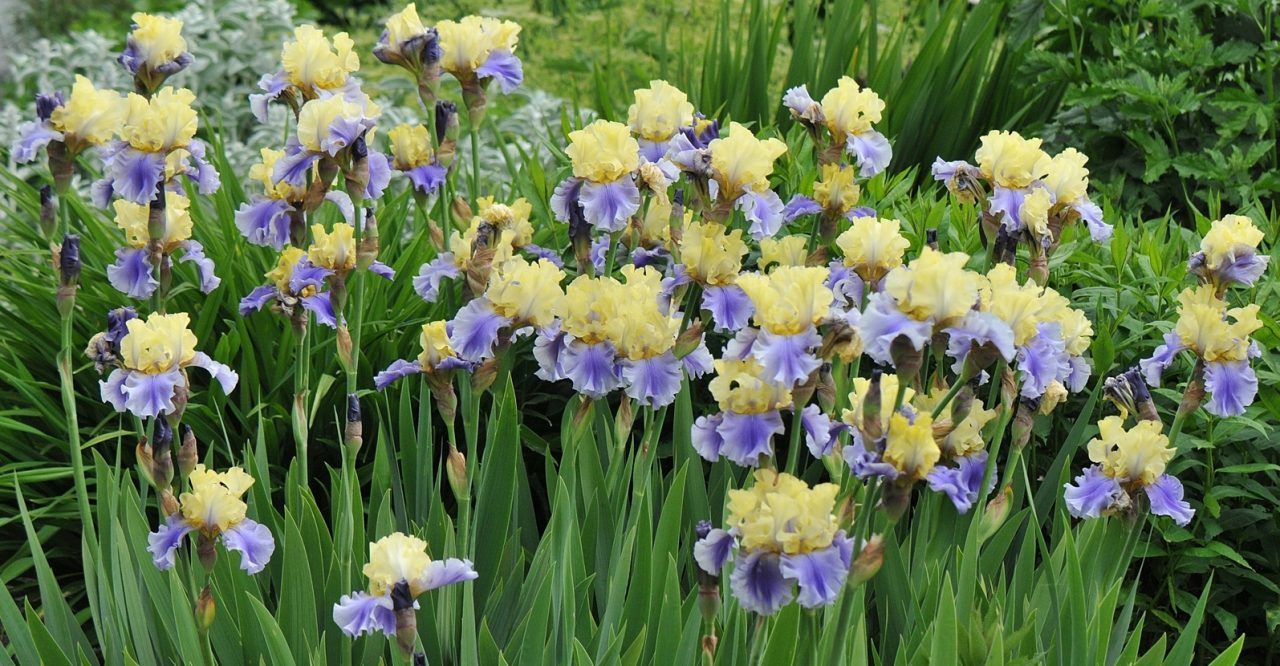
“
Known for their striking colors and intricate patterns, irises are more than just beautiful flowers; they have rich histories and fascinating characteristics. From their symbolism in various cultures to their unique growing habits, irises offer a multitude of captivating aspects that intrigue botanists and flower enthusiasts alike. Dive into these amazing facts to discover what makes the iris flower a perennial favorite in gardens and floral arrangements around the globe.1
1
”
Irises are relatively low-maintenance plants once established. They require well-drained soil and plenty of sunlight, but they are drought-tolerant and can withstand harsh weather conditions.1
The seeds of the yellow flag iris were once roasted to make a beverage. However, the plant is toxic; consuming any part can lead to vomiting and diarrhea, highlighting the need for caution.2
The iris family boasts over 300 species, showcasing remarkable diversity in size, color, and growth habits. From tiny dwarf irises to majestic bearded varieties, their wide range offers a stunning array of options for gardeners and enthusiasts.3
Iris roots, particularly those of the Florentine iris, are edible and have been used in traditional cuisines for centuries. They have a slightly sweet and nutty flavor and can be candied or used to make a fragrant tea. 4
Irises are categorized as bearded or beardless depending on whether they have a fuzzy patch on their lower petals. Bearded irises feature showy, ruffled blooms, while beardless types display more delicate and graceful flowers.5

The flowers of the yellow flag iris were historically used to create a yellow dye, while the rhizomes were employed to produce a black dye. This use underscores the plant's historical significance in natural dyeing processes.
Irises have been utilized medicinally for centuries, known for their compounds with anti-inflammatory, antimicrobial, and antioxidant properties. These attributes highlight the historical and ongoing interest in irises for their potential health benefits. 6

Irises come in a stunning array of colors, from vibrant purples and blues to delicate pinks and yellows. They can be solid-colored, patterned, or bi-colored, making them a versatile choice for gardens and bouquets.
Iris is the national flower of France and symbolizes purity and the divine right of kings. It’s also the state flower of Tennessee in the United States, representing the state’s natural beauty and diversity.7
Irises typically have a life span of 3 to 5 years, though they can thrive longer with proper care. Their blooming period is relatively short, lasting a few weeks, but they remain an enduring feature in gardens through their resilient rhizomes.8
The yellow flag iris (Iris pseudacorus) is known for its striking yellow flowers. This plant features petals adorned with short brown or purple streaks, adding to its beauty and distinguishing it from other iris varieties.9
The yellow flag iris grows at pond and lake edges in wet soil or shallow water. It can reach up to five feet tall, though most plants are closer to three feet, thriving in these moist environments.10
Iris is used in perfumery for its unique, subtle fragrance. The plant's rhizomes, known as orris root, are dried and ground to create a powder used in high-end perfumes. This gives the scent a rich, floral, and elegant aroma. 11
Several animals, including deer and rabbits, may eat iris plants. While iris bulbs are toxic and can cause digestive issues if ingested, animals like these might still consume them due to limited food sources. 12
Irises attract pollinators such as bees, butterflies, and hummingbirds with their nectar and pollen. This supports local ecosystems and promotes biodiversity by providing a valuable food source for these beneficial insects.13
Irises are often hybridized to create new varieties with unique colors and patterns. This process enhances diversity, providing gardeners with a wide selection of distinct and beautiful iris cultivars.14
Most iris bloom in late spring to early summer, but some varieties, such as the Siberian iris, are adapted to bloom later. Siberian irises can flower in late summer or even early fall, extending the iris season.15
Some irises open their blooms during the day and close them at night, creating a rhythmic visual display. This daily cycle adds a dynamic element to gardens, where the flowers' open and closed states provide changing visual interest.16
Siberian irises have large rhizomes that can weigh several pounds. These bulb-like structures store nutrients and support robust growth, enhancing the plants' resilience and longevity in diverse garden conditions.17
Keukenhof Gardens in the Netherlands features one of the world's largest iris displays, alongside a diverse collection of other flowers. This creates a spectacular and vibrant floral showcase, highlighting both irises and various other blooms.18


